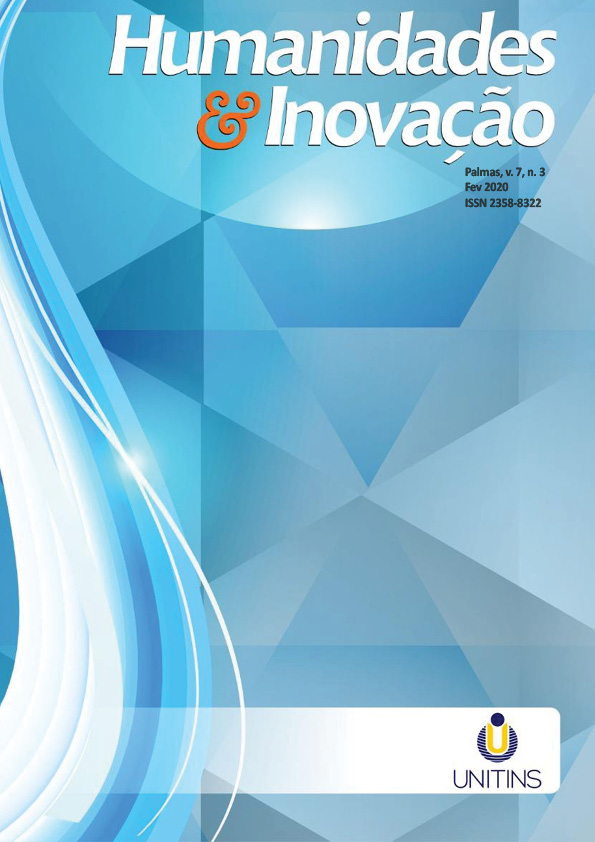THE ROLE OF SAGHA-KHANE (DRINKING-FOUNTAIN) IN NATIVISM OF IRAN CONTEMPORARY PAINTING
Abstract
This article has been done with the aim to study the effect of Sagha-khane school in nativism of Iran contemporary painting. The artists of Sagha-khane who entered the traditional elements with modern form, reached to such a form that communicated neither with traditional culture characteristics of Iranian new society, nor it could be called modernism or modernism alternative due to lack of social and philosophical grounds . So the works of Sagha-khane artists cannot be established in a place higher than nativism. Of course in this way, the role of politicians who were seeking national identity and simplicity and wanted to mix traditional arts with modernism, can’t be ignored. With respect to the investigations that have been done in this article, it is obvious that verbal method of that decade has often been for revelation of the ambiguities of the crises in mixing of western culture with native grounds. The painting of Sagha-khane is seeking peaceful mixture of them and is indifferent to other elements of culture and society. In fact we can say that Sagha-khane school, with mixture of tradition and modernism and infusion of traditions, pays attention to modern arts like Iranian contemporary painting and this nativism can be seen in the works of the painters like Zenderoodi and Emami.
References
2. Afsarian, Iman. (2015). seeking for time 1, Honarmand publications.
3. Afsarian, Iman. seeking for time 2, 2015, Honarmand publications.
4. Amirebrahimi. (2016). Someila, study about Iran social and political art, Honarmand publications.
5. Arbabi, Hanane. (2017). Sagha-khane painting, Honar Azad College.
6. Aryanpoor, Amirhossein. (2001). art sociology, Gostare publications.
7. Enabi, Hamide. (2013). photo fit in Iran contemporary art, Honar Azad College.
8. Esmailzade, Kheyzaran, Sagha-khane in history, 2015, Herfemand 57.
9. Eyshi, Zahra. (2017). sociology of Iran contemporary art, professor of Alzahra University.
10. Goodarzi, Mostafa. (2004). introduction on contemporary painting of Iran. Jomhouri Eslami newspaper.
11. Izadi, A, Hasanvand, M. (2016). Sagha-khane painting, Fine Arts-Visual Arts magazine, number 2, pages 21 and 30.
12. Khorshidian. (2016). Sagha-khane: Post – colonial or eastern-studying, Baghe Nazar magazine, number 52.
13. Moghadam, Asghar. (2006). eastern dream 3, art gallery, third book.
14. Mohajer, Shahrooz. (2016). art history, Honarmand publications.
15. Mojabi, Javad, art (2016). in Iran, Peyk publications, Tehran.
16. Pakbaz, Robin. (2006). Iran painting from ancient times till now, Zarin and Simin publications, fifth edition, Tehran.
17. Pakbaz, Robin. (2008). Iran contemporary art, Tavoos Publication.
18. Rahnavard, Zahra. (2009). eastern dream 4, art gallery, fourth book.
19. Ramin, Ali. (2011). philosophy and sociology in art, Ney publication, Tehran.
20. Sariolghalam, Mahmood. (2011). Iran political dictionary, Farzan Rooz publications.
21. Youssefi, Elmira. (2017). effects of new media on Iran painting, Honar Azad College.
Copyright Notice
The submission of originals to this periodic implies in transference, by the authors, of the printed and digital copyrights/publishing rights. The copyrights for the published papers belong to the author, and the periodical owns the rights on its first publication. The authors will only be able to use the same results in other publications by a clear indication of this periodical as the one of its original publication. Due to our open access policy, it is allowed the free use of papers in the educational, scientific and non-commercial application, since the source is quoted (please, check the Creative Commons License on the footer area of this page).











